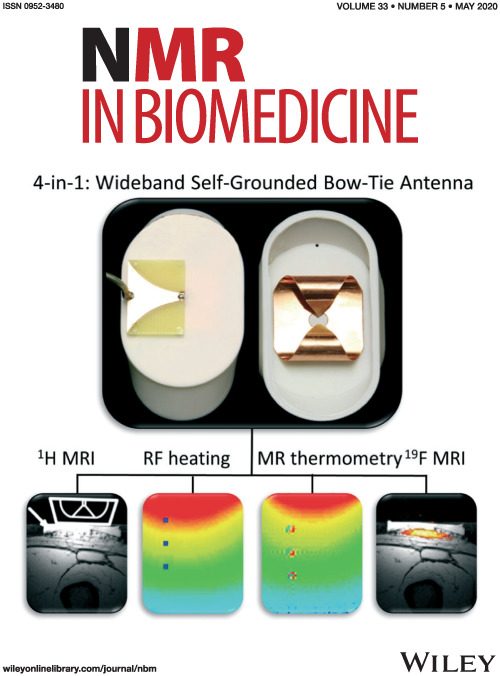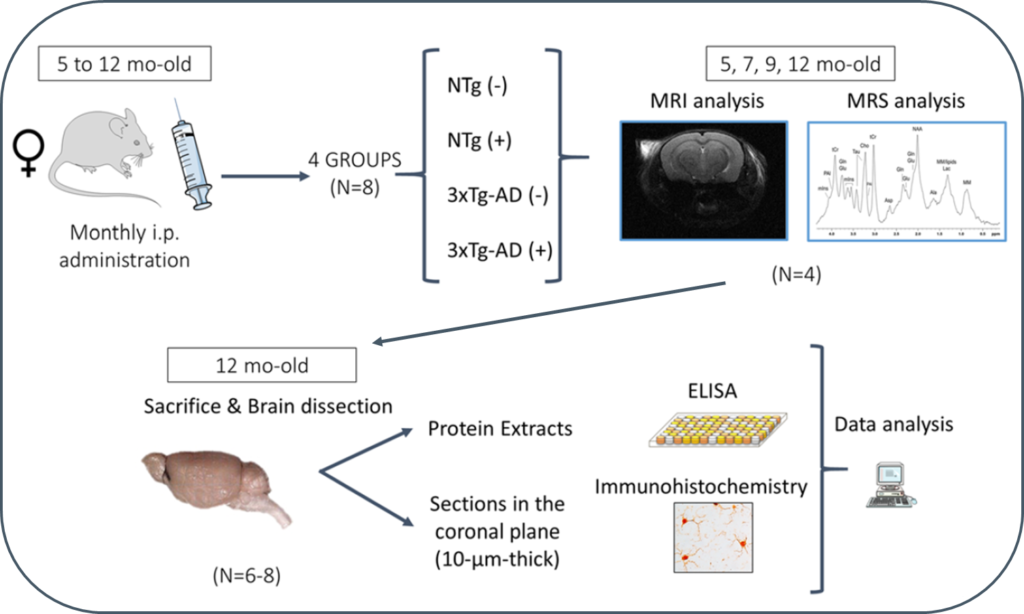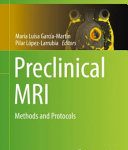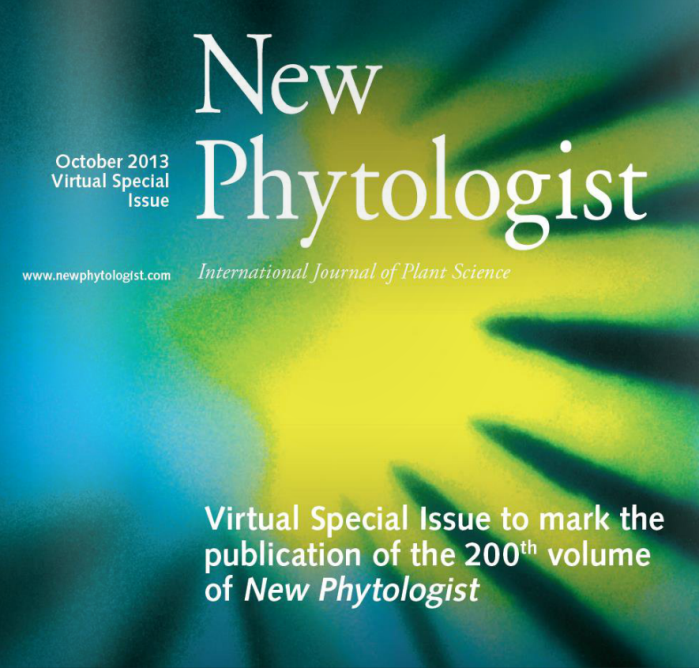
Special Issue: NMR-Based Metabolomics, by Míriam Pérez-Trujillo* and Toby J. Athersuch*
Molecules2021, 26(11), 3283; https://doi.org/10.3390/molecules26113283
This article belongs to the Special Issue NMR-Based Metabolomics
Nuclear magnetic resonance (NMR) spectroscopy remains one of the core analytical platforms for metabolomics, providing complementary chemical information to others, such as mass spectrometry, and offering particular advantages in some areas of research on account of its inherent robustness, reproducibility, and phenomenal dynamic range. While routine experimental protocols for profiling and related statistical analysis pipelines have been established, they often present considerable challenges to the analyst, including spectral overlap, accurate and precise quantification, and chemical shift variation. Consequently, there is still much activity across all areas of NMR spectroscopic analysis in relation to metabolomics. Furthermore, there remain many biological systems and sample types that have not been extensively explored using NMR spectroscopy-based metabolomics.In this Special Issue, several advances in methodology, and new applications in the field of NMR-based metabolomics, have been presented. In addition, the SI includes authoritative review articles focused on the state-of-the-art of quantitative NMR spectroscopy in biomedical metabolomics applications, and novel applications in the agri-food sector.



 Albert Rivas-Ubach, Albert Gargallo-Garriga, Jordi Sardans, Michal Oravec, Laia Mateu Castell,
Albert Rivas-Ubach, Albert Gargallo-Garriga, Jordi Sardans, Michal Oravec, Laia Mateu Castell,